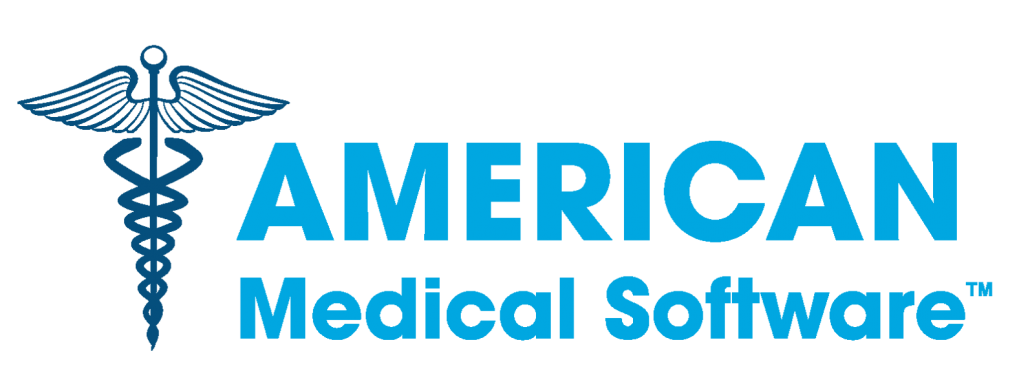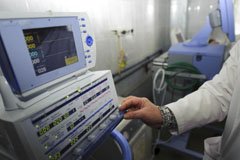EHR Safety Guidelines
A pair of health IT experts has proposed a framework for national patient safety guidelines that the industry could apply to electronic health records (EHR) systems. Their article appears in the New England Journal of Medicineas the drumbeat of concern about potential hazards of EHRs grows ever louder.
“Recent evidence has highlighted substantial and often unexpected risks resulting from the use of EHRs and other forms of health information technology,” note Dean F. Sittig, a professor at the University of Texas Health Sciences Center in Houston, and his co-author Hardeep Singh, MD. But in their view, the problem is not in the technology, but in how it is being used. They propose guidelines to reduce the danger.
Sittig and Singh’s framework consists of three consecutive phases:
- Make sure that hardware and software work properly. This is especially important because “a malfunction can rapidly affect not only a single department or institution but possibly an entire community,” the authors note.
- Make sure EHRs are used appropriately. This applies not only to human factors such as “alert fatigue,” but also to organizational policies such as not requiring that all physicians use computerized physician order entry (CPOE). “For example, if CPOE systems were to be used on some nursing units but not others, clinicians would need to check for orders and test results in multiple locations, increasing the likelihood that some information would be overlooked,” the paper notes.
- Use EHRs to monitor and improve patient safety. For instance, the authors point out, current methods used to measure safety events rely too heavily on incident reports, which cover only a small portion of incidents. “In contrast, [EHR] systems can be programmed to automatically detect easily overlooked and underreported errors of omission, such as patients who are overdue for medication monitoring, patients who lack appropriate surveillance after treatment and patients who are not provided with follow-up care after receiving abnormal laboratory or radiologic test results.”
Some of the proposed guidelines would place a heavy burden on institutions that currently struggle just to achieve the much lower criteria of Meaningful Use. For example, Sittig and Hadeep suggest that hospitals enter all orders through CPOE for safety reasons. In stage 1 of Meaningful Use, hospitals must attest that 30% of medication orders go through CPOE. In stage 2, beginning in 2014, 60% of medication, lab and radiology orders must go through CPOE.
 Similarly, the authors observe that, “many institutions are not currently coding some of the critical data needed to maximize safety.” As a result, their EHRs cannot provide feedback or interpretation to clinicians based on the data, such as alerts on drug-drug interactions or reminders to read test results. So the paper suggests that “critical data on medications, allergies, diagnostic test results and clinical problems are entered as structured or coded data in the EHR.”
Similarly, the authors observe that, “many institutions are not currently coding some of the critical data needed to maximize safety.” As a result, their EHRs cannot provide feedback or interpretation to clinicians based on the data, such as alerts on drug-drug interactions or reminders to read test results. So the paper suggests that “critical data on medications, allergies, diagnostic test results and clinical problems are entered as structured or coded data in the EHR.”
In both CPOE and structured data entry, staff resistance can hamper hospitals’ efforts to expand the use of health IT, even for patient safety reasons. But Sittig told InformationWeek Healthcare that physicians do not have to enter the safety-critical data themselves. Lab data can flow into the EHR automatically in coded form, and staff members can update allergy, medication and problem lists. Nevertheless, hospitals don’t often do that now.
Sittig emphasized that despite reports like the recent one from ECRI Insttitue on EHR safety hazards, “The EHR is a critical piece of the patient safety solution. I realize we’re having trouble getting our computers to work correctly, and to get people using them right, but I don’t think they’re inherently dangerous. They’re inherently safe.”
He also pointed out that healthcare organizations need to be cognizant of how safety issues related to EHR usage differ from other safety problems.
“When you rely on a computer, the scale and the size of the errors can be much bigger than they were before. The analogy in the car field is when you have a freeway, you have multi-car pileups, which you didn’t have before there were freeways.” He pointed out: “With EHRs, you’re building highly interconnected systems that can cause problems very quickly and get out of hand very quickly. That’s why we need to make sure they’re as safe and effective as can be so we don’t have these widespread problems.”
Source: www.informationweek.com; Ken Terry; November 16, 2012.




Leave a Reply
Want to join the discussion?Feel free to contribute!